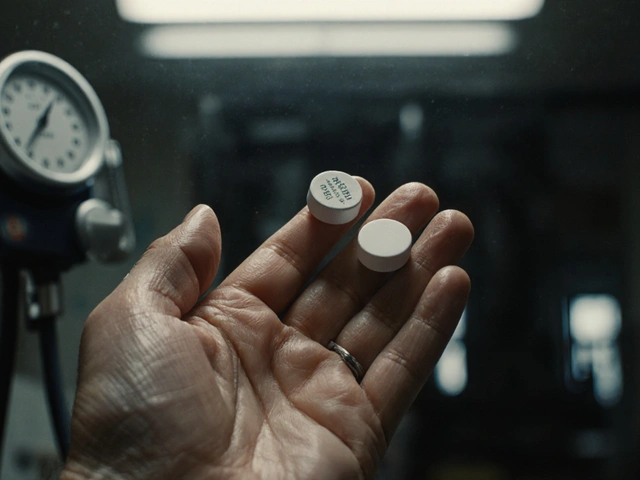Melasma in Men: Causes, Treatments, and What Really Works
When you think of melasma, a skin condition causing brown or gray-brown patches, often on the face. Also known as chloasma, it's commonly linked to women—especially during pregnancy or hormone shifts—but melasma in men is real, underdiagnosed, and often ignored. About 10% of melasma cases occur in men, and many don’t even know they have it because they assume it’s just sun damage or aging. But melasma isn’t just a cosmetic issue—it’s a sign of deeper skin sensitivity, often triggered by UV exposure, stress, or even certain medications.
UV radiation, the main driver of skin pigmentation changes doesn’t care if you’re male or female. Men who spend time outdoors—construction workers, athletes, farmers—are at higher risk. And unlike women, men are less likely to use sunscreen daily or see a dermatologist for skin changes. That delay lets melasma spread. hyperpigmentation, the darkening of skin due to excess melanin in men often shows up on the upper lip, forehead, or cheeks, and it’s stubborn. Topical creams like hydroquinone or retinoids help, but only if used consistently. Many men try one product, see no quick result, and quit. Melasma doesn’t vanish overnight. It needs patience, protection, and a plan.
Some men develop melasma after starting testosterone therapy or using certain grooming products with fragrances or harsh chemicals. Others notice it after stress or poor sleep. It’s not just about the sun—it’s about your body’s reaction to internal and external triggers. sunscreen for men, a non-negotiable tool in managing melasma should be broad-spectrum, SPF 30 or higher, and reapplied every two hours if you’re outside. Mineral sunscreens with zinc oxide are less irritating and work immediately, unlike chemical ones that need 20 minutes to activate.
What works for women doesn’t always work for men. Treatments like chemical peels or laser therapy can backfire if the skin isn’t prepped right. Men’s skin is thicker and oilier, which changes how products absorb. That’s why many dermatologists now recommend starting with gentle exfoliants like azelaic acid or niacinamide before jumping to stronger options. And yes—some cases improve on their own once triggers are removed. But waiting isn’t a strategy. The longer melasma stays, the harder it is to fade.
You won’t find a magic cure in a bottle. But you can stop it from getting worse—and start reversing it—with the right mix of protection, targeted care, and consistency. Below, you’ll find real-world guides on what treatments actually help men with melasma, how to pick safe skincare, and how to avoid common mistakes that make it worse. No fluff. No marketing hype. Just what works.
Melasma in Men: Causes, Treatments & Prevention Guide
Discover why men develop melasma, how to treat it effectively, and practical steps to prevent future dark patches. Get expert tips and clear answers.
About
Health and Medicine
Latest Posts

The Connection Between Functional Dyspepsia and Acid Reflux
By Orion Kingsworth Jul 12, 2023

Acotiamide and Pregnancy: What You Need to Know
By Orion Kingsworth May 19, 2023

Therapeutic Failures: When a Generic Drug Doesn't Work as Expected
By Orion Kingsworth Nov 17, 2025

